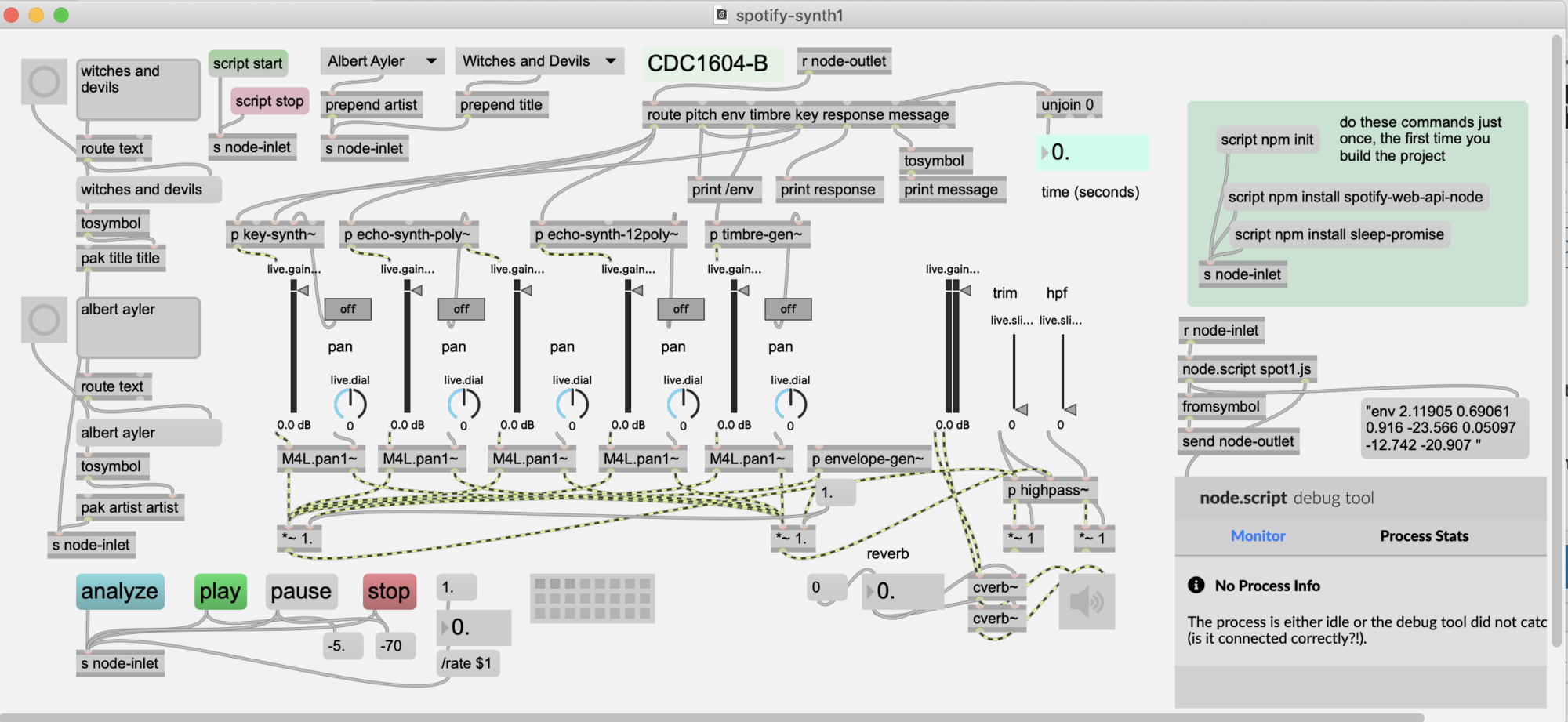notes
AT commands which may help speed things up…
AT0, AT1 and AT2 [ Adaptive Timing control ]
When receiving responses from a vehicle, the ELM327 has traditionally waited the time set by the AT ST hh setting for a response. To ensure that the IC would work with a wide variety of vehicles, the default value was set to a conservative (slow) value. Although it was adjustable, many people did not have the equipment or experience to determine a better value.
The Adaptive Timing feature automatically sets the timeout value for you, to a value that is based on the actual response times that your vehicle is responding in. As conditions such as bus loading, etc. change, the algorithm learns from them, and makes appropriate adjustments. Note that it always uses your AT ST hh setting as the maximum setting, and will never choose one which is longer.
There are three adaptive timing settings that are available for use. By default, Adaptive Timing option 1 (AT1) is enabled, and is the recommended setting. AT0 is used to disable Adaptive timing (so the timeout
is always as set by AT ST), while AT2 is a more aggressive version of AT1 (the effect is more noticeable for very slow connections – you may not see much difference with faster OBD systems). The J1939 protocol does not support Adaptive Timing – it uses fixed timeouts as set in the standard.
BRD hh [ try Baud Rate Divisor hh ]
This command is used to change the RS232 baud rate divisor to the hex value provided by hh, while under computer control. It is not intended for casual experimenting – if you wish to change the baud rate from a terminal program, you should use PP 0C.
Since some interface circuits are not able to operate at high data rates, the BRD command uses a sequence of sends and receives to test the interface, with any failure resulting in a fallback to the previous baud rate. This allows several baud rates to be tested and a reliable one chosen for the communications. The entire process is described in detail in the ‘Using Higher RS232 Baud Rates’ section, on pages 59 and 60.
If successful, the actual baud rate (in kbps) will be 4000 divided by the divisor (hh).
Repeated commands
One other feature of the ELM327 is the ability to repeat any command (AT or OBD) when only a single carriage return character is received. If you have sent a command (for example, 01 0C to obtain the rpm), you do not have to resend the entire command in order to resend it to the vehicle – simply send a carriage return character, and the ELM327 will repeat the command for you. The memory buffer only remembers the one command – there is no provision in the current ELM327 to provide storage for any more.
S0 and S1 [ printing of Spaces off or on ]
These commands control whether or not space characters are inserted in the ECU response.
The ELM327 normally reports ECU responses as a series of hex characters that are separated by space characters (to improve readability), but messages can be transferred much more quickly if every third byte (the space) is removed. While this makes the message less readable for humans, it can provide significant improvements for computer processing of the data. By default, spaces are on (S1), and space characters are inserted in every response.
